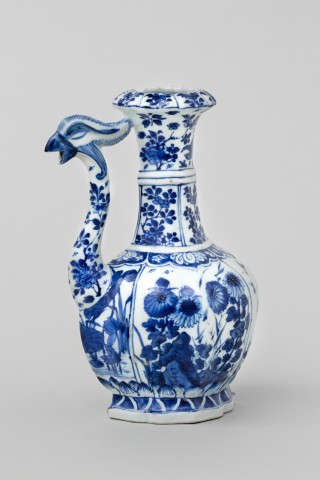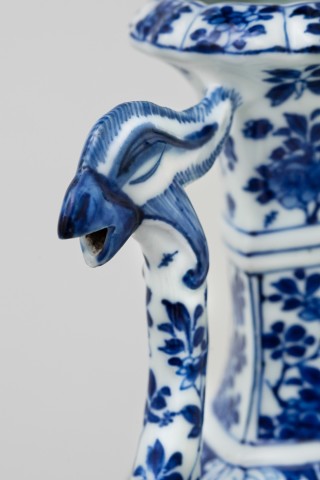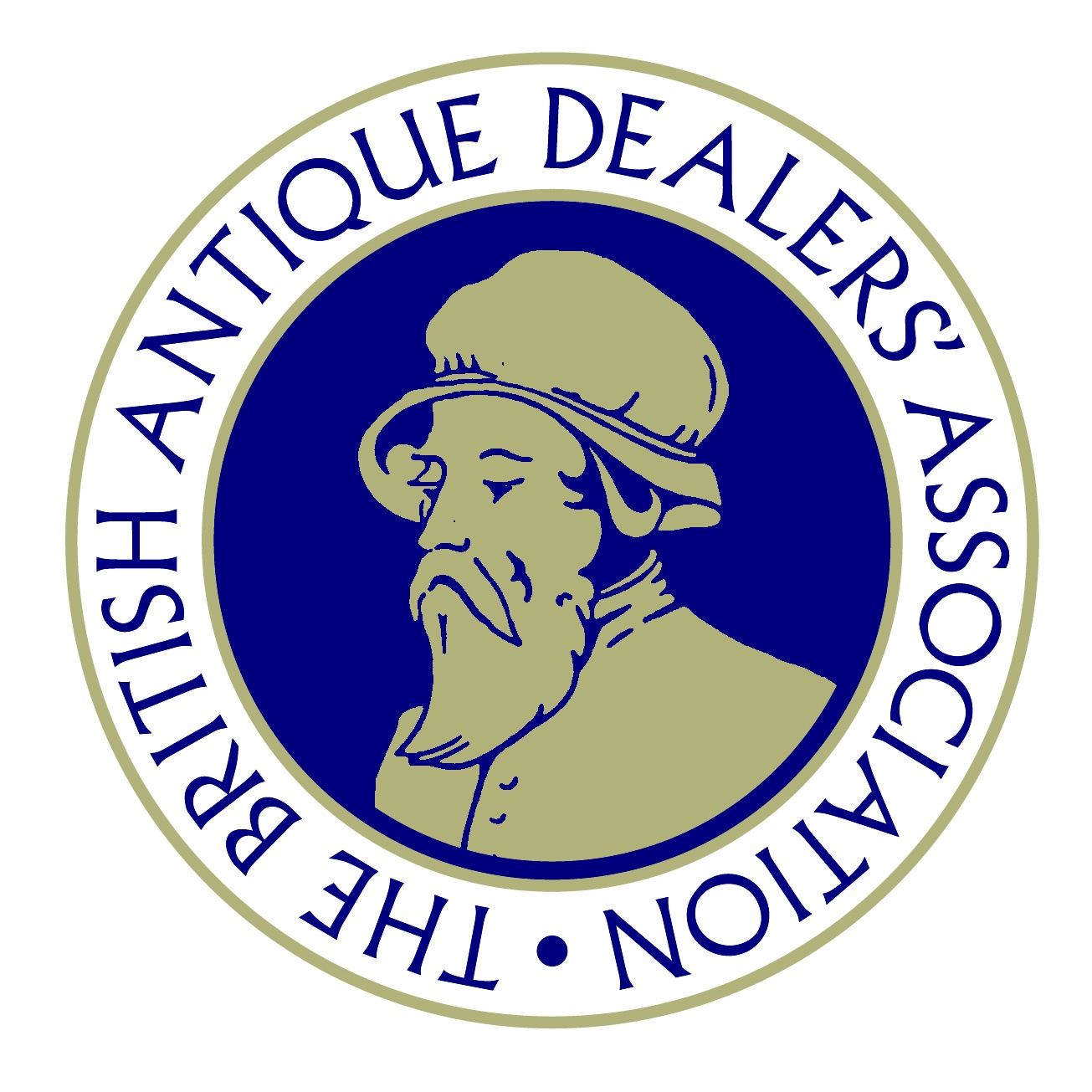BE76
Further images
Of octagonal section, the bulbous body painted with panels of flowers growing among rockwork above a basal frieze of lotus petals, the tall flaring neck with birds and vegetation, the spout terminating in a phoenix head, the base glazed.
Object number: BE76
Literature
The kendi is a vessel whose origin probably derives from a ritual bronze or earthenware kundika, a Sanskrit term for 'water-pot' and an attribute of Brahma in Hindu iconography. While many forms of kendi are simple and utilitarian, a number are partially or entirely zoomorphic. The most common beasts used being the dragon, the chicken, duck, the frog, or the phoenix as in the present example. While the phoenix head has been used on ewers since the Tang dynasty, the form of this blue and white example is unknown before the early Qing dynasty and appears to have been a development of the late Shunzhi or early Kangxi period, that is between about 1655 and 1683.
There is a pair of similar form, but decorated in Famille Verte enamels in the Philadelphia Museum, attributed Kangxi (accession number 1955-50-161a,b, The Alfred and Margaret Caspary Memorial Gift, 1955). There is another famille verte pair of ewers illustrated in Famille Verte: Chinese Porcelains in Green Enamels by Christiaan J. A. Jorg (2011, Groninger Museum, p.41, pl.30).






